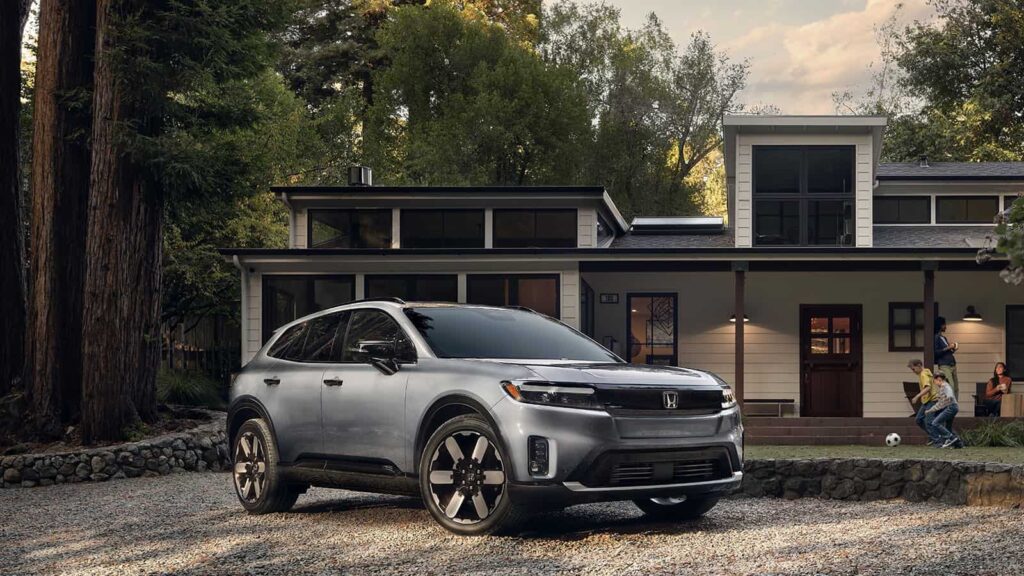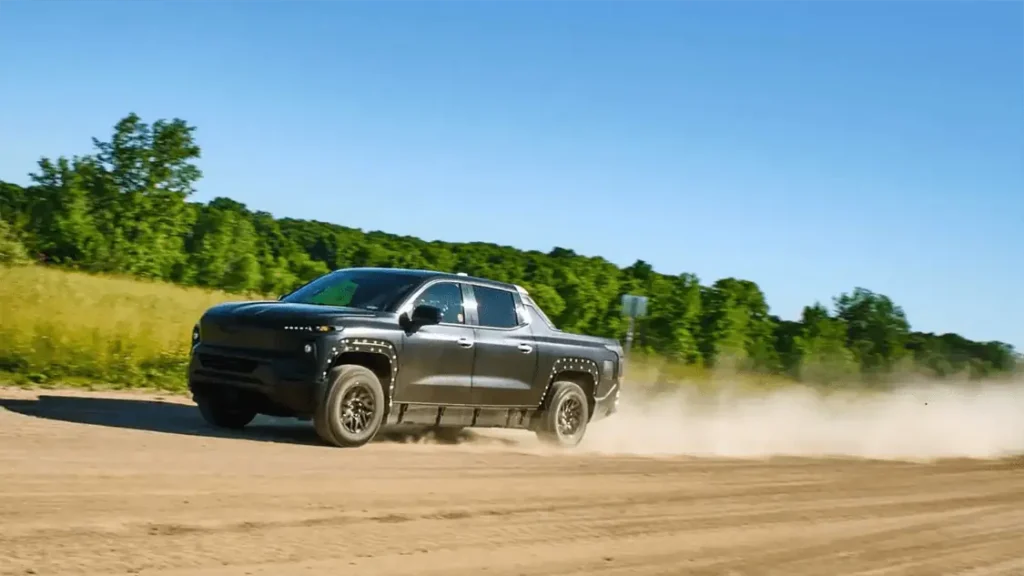America’s BEV and PHEV Sales up 17.3% In August 2024, Compared to August 2023
According to the The Joint Office of Energy and Transportation, plug-in electric vehicle (PEV) sales have shown strong growth in 2024, with 997,759 PEVs sold this year at the end of August 2024. This reflects a 9.38% increase compared to the same period in 2023. PEVs include battery electric vehicles (BEVs) and plug-in hybrid electric vehicles (PHEVs).
145,027 PEVs (121,473 BEVs and 23,554 PHEVs) were sold during August 2024 in the United States, up 17.3% from the sales figures in August 2023. PEVs captured 10.2% of total US light duty vehicle (LDV) sales in August 2024, up from 9.7% in July 2024. 5,725,161 PHEVs and BEVs have been sold in the US since 2010.

JD Power EV Index Data Shows EV Consumer Interest, Availability, and Affordability Growing
According to JD Power’s EV Index for September 2024, reported by the Joint Office, electric vehicle adoption is seeing strong momentum, with mainstream EV sales reaching a new milestone by accounting for 36% of total EV sales. This marks the first time that more than a third of EV sales have come from mainstream models, reflecting growing consumer interest beyond the luxury market.
Affordability has also improved, particularly with leases for compact SUVs becoming more accessible, thanks to the availability of lower-priced trims. In the pickup segment, vehicles like the GMC Sierra EV and Chevrolet Silverado EV have stood out for their impressive range, topping the charts and providing more mileage for drivers seeking larger electric vehicles. These developments underscore the increasing appeal of EVs to a broader consumer base as options expand and costs become more manageable.

EV Charging Growing Fast, However More Growth Needed
EV charging infrastructure has expanded significantly, with 2,912 additional charging ports coming online in August 2024, marking a 1.5% growth in the national network. As of now, there are over 193,700 charging ports across more than 71,800 locations nationwide, a significant increase since the start of the Biden/Harris administration. Today, 57.8% of the most heavily trafficked corridors have fast chargers available every 50 miles, with plans to extend this coverage to 70% by the end of next year. For real-time data and to find chargers funded through the Bipartisan Infrastructure Law, visit driveelectric.gov/stations. See overall growth trends at driveelectric.gov/stations-growth.
A large part of this growth comes from private investment. Federal funding helps investors with up-front costs installing EV charging, which can be significant. Some early investors in the space lost money due to low utilization, however that is changing, as Stable Auto points out.
Automotive Charging Solutions, offering customized turnkey EV charging solutions, can help answer questions about EV charging. The company tailors EV charging solutions to meet each property’s specific needs, offers consultation on the federal National Electric Vehicle Infrastructure Formula (NEVI) funding process, and much more.
EV Charging Becoming More Profitable
Stable Auto, leveraging its vast EV charging utilization data from tens of thousands of chargers, has observed a significant increase in demand, particularly at Level 3 (DC fast charging, or DCFC) stations. These stations, which the company has been monitoring for over four years, are experiencing heightened use as EV adoption continues to accelerate. The overall demand for electric vehicles rises steadily each year, with expectations for even greater growth in 2024 and beyond.
To provide insight into this expanding trend, Stable Auto has conducted a comprehensive analysis of charger utilization across the U.S., focusing on thousands of non-Tesla Level 3 charging stations.
EVs Offer Many Benefits
Argonne National Laboratory provides this helpful information about the many benefits EVs offer over internal combustion engine (ICE) vehicles.
- Owner Satisfaction: The latest data shows over 80% of EV owners are very likely to choose an EV again.
- Model Availability: More than 100 models are actively selling, including 19 models with over a 300 mile range.
- Fuel Savings: Driving a BEV can save more than $2,000 annually compared to a comparable ICE vehicle.
- Operations Savings: EVs offer more than $6,000 in lifetime repair and maintenance savings compared to an ICE vehicle.
- Emission Benefits: Driving an EV reduces greenhouse gas emissions by over fifty percent compared to an ICE vehicle.
- Home Charging: Level 2 charging can provide about 250 miles in range overnight to easily meet daily needs.
- Battery Life: New EV Vehicles typically come with a minimum 8-year, 100,000-mile battery warranty.
- Grid Benefits: EVs lead to downward pressure on electric rates for all electricity consumers.
- Charging Availability: As of September 2024, over 190,000 public chargers are now available in the U.S., which continues to grow.
National Charging Experience Consortium (ChargeX Consortium)
EVinfo.net is a proud member of the ChargeX Consortium, funded by the Joint Office. ChargeX is addressing EV charging challenges, to promote faster and more seamless EV adoption across this great country of ours, in the global fight against climate change.

Electric Vehicle Marketing Consultant, Writer and Editor. Publisher EVinfo.net.
Services